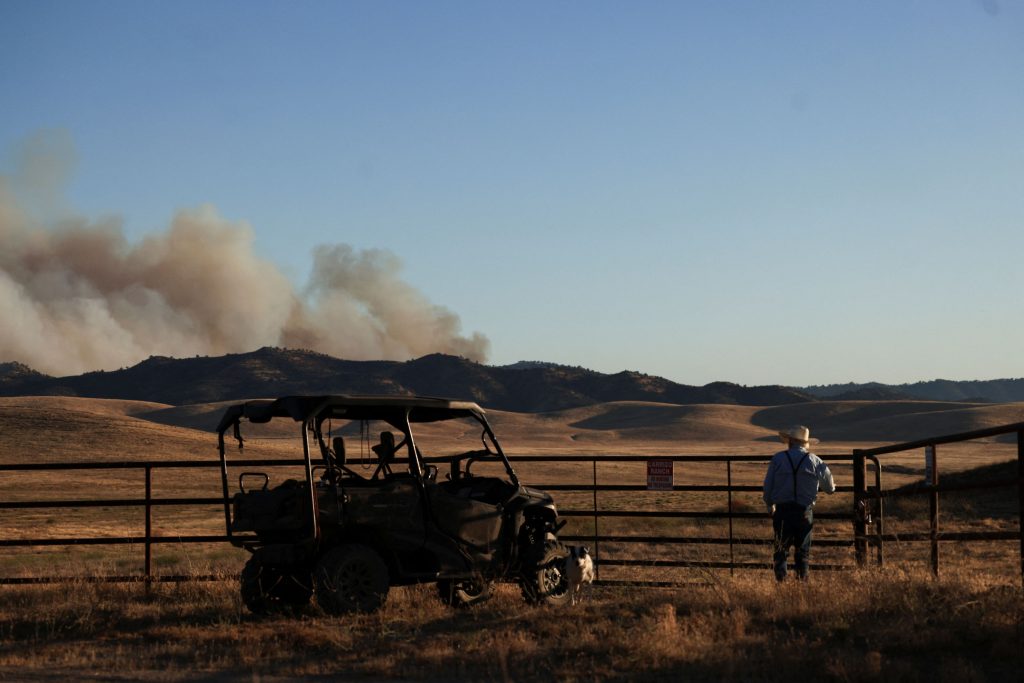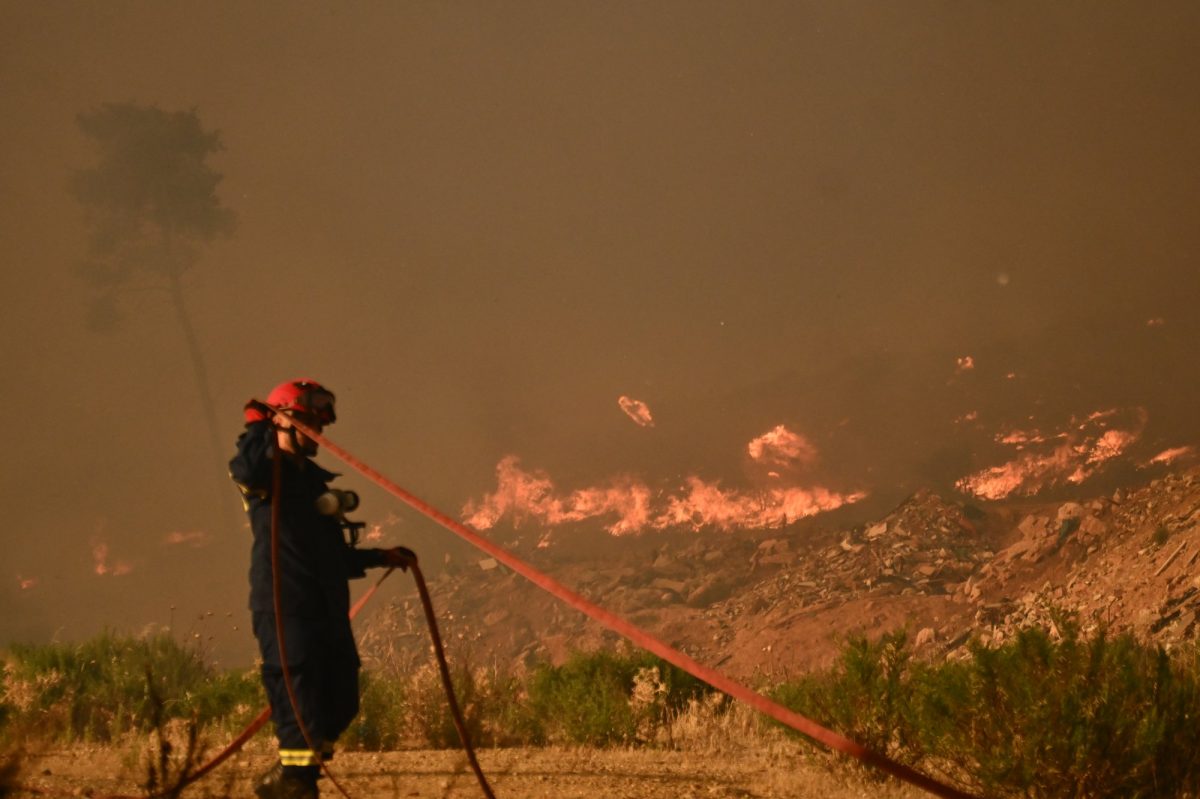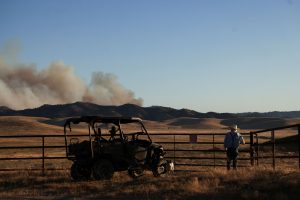Wildfires across Europe have scorched an estimated 227,000 hectares of land since the beginning of the year — more than double the average for this time of year over the past two decades. As the Mediterranean braces for what could become another devastating summer, experts point to increasingly extreme weather patterns driven by climate change.
Mediterranean Countries Bear the Brunt
In recent weeks, fires have erupted across multiple Mediterranean nations, forcing evacuations and causing widespread disruption. Thousands in Catalonia, Spain, were ordered to shelter indoors due to fast-moving blazes. In Marseille, France’s second-largest city, wildfires triggered alarm. Meanwhile, Greece, no stranger to destructive summer fires, faced new outbreaks in regions like Evia and Crete, prompting mass evacuations.
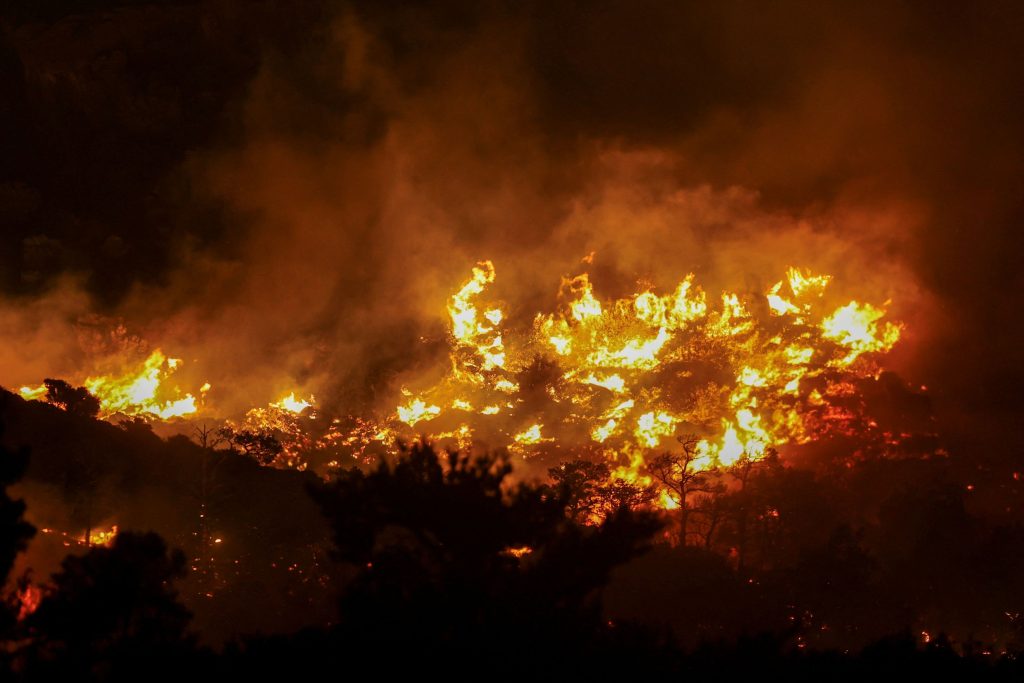
A Worrying Upward Trend
Data from the European Forest Fire Information System (EFFIS) confirms that while this year’s burned area is already well above the seasonal average, it is not yet the worst on record. In 2003 and 2017, wildfires consumed over 1.1 million hectares each year — roughly the size of the island of Jamaica.
Whether 2025 will surpass previous records depends on the remainder of the fire season. So far, 1,118 wildfires have been detected in Europe by July 8, compared to 716 in the same period last year.

Πυρκαγιά στην Αχλιά Ιεράπετρας, Τετάρτη 2 Ιουλίου 2025.
(ΣΤΕΦΑΝΟΣ ΡΑΠΑΝΗΣ/EUROKINISSI)
Climate Conditions Fueling the Flames
Recent heatwaves have fanned the flames across the Mediterranean. In Syria, wildfires destroyed more than 3% of the country’s forest cover, according to the United Nations. Similar conditions in Greece intensified fire activity in already vulnerable regions.
Scientists warn that hotter, drier summers in southern Europe are creating the perfect conditions for wildfires to ignite and spread rapidly. Dry vegetation and strong winds contribute to fast-moving and often uncontrollable blazes.
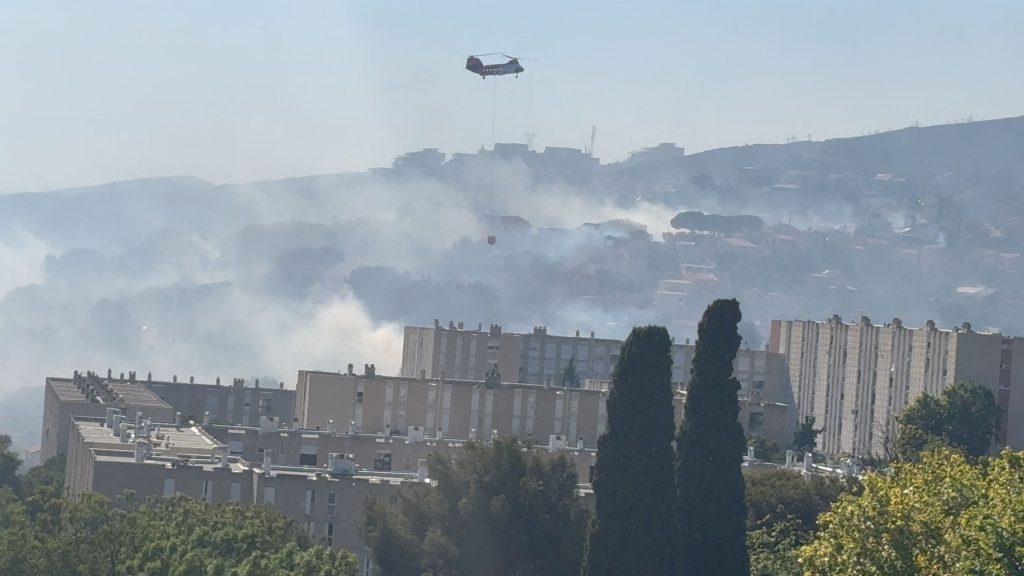
Climate change is amplifying these risks. The region now sees longer and more intense fire seasons. Greenhouse gas emissions — primarily from burning coal, oil, and gas — have raised global temperatures by approximately 1.3°C since pre-industrial times. Europe has warmed at twice the global average since the 1980s, according to the World Meteorological Organization.
These elevated baseline temperatures mean that heatwaves are not only more frequent but also more intense. The UN’s Intergovernmental Panel on Climate Change has confirmed that climate change increases the likelihood and severity of such extreme weather events.
The Outlook for the Rest of the Season
Projections from EFFIS suggest that August will bring above-average temperatures across much of Europe, keeping fire risk high, particularly in southern and eastern regions. While southern Europe may see some rainfall, other parts of the continent are expected to remain drier than usual — conditions that could worsen the wildfire threat.
Governments Brace for Impact
Authorities are stepping up efforts to confront the growing crisis. Greece, for example, has deployed a record 18,000 firefighters this year in anticipation of severe fire activity. The country has also adjusted its firefighting strategies and increased patrols to detect and contain fires more quickly.
However, challenges remain. Rural depopulation in countries like Spain has left fewer workers available to manage forests and reduce fuel buildup — an often overlooked factor that contributes to wildfire intensity.
A Call for Prevention Over Reaction
The United Nations has urged governments to invest more in wildfire prevention rather than focusing solely on emergency response. It warns that climate change is projected to increase the frequency of extreme wildfires globally by 14% by the end of the decade.
Preventative measures may include controlled burns to eliminate excess vegetation before the high-risk summer season and restoring wetlands and peatlands, which naturally help reduce fire risk.
